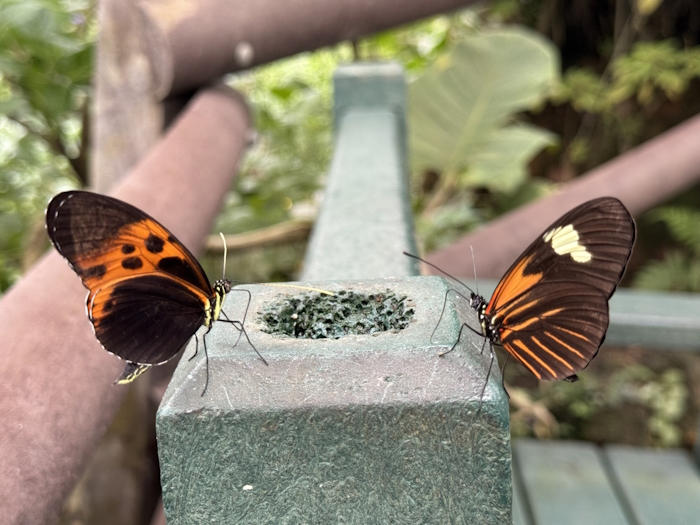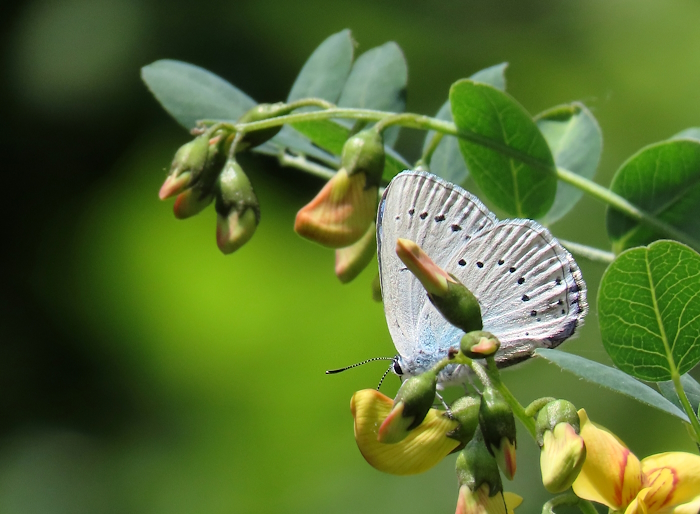
That is a new moon, not a full moon!
It was a warm, sunny day today, so Minnie and I headed to Valais. I had several things in mind, but chose my first site in the hope of seeing de Prunner's ringlet as it is usually common there. I did see two, both in flight (presumably males looking for females) but the species was distinctly uncommon today. In fact, the general butterfly scene here was subdued. Provençal short-tailed blues were the commonest Lycaenid and probably the commonest butterfly - all beautifully fresh:


Small heath came a close second:

There were a couple of Camberwell beauties roding the tracks but these are looking a little worn round the edges now:

Moving on - or rather, back west - we had more luck. Two more year ticks quickly followed: Adonis blue and spotted fritillary. Both were out in good numbers, especially the spotted fritillaries:


There were also good numbers of rosy grizzled skippers:


This safflower skipper cut a lonely figure ...

... until he was joined by a couple of wood whites:

I think the temperature climbed into the low or mid 20s and Minnie certainly felt the heat:


At 12 years old, she needs a ready supply of water at all times.
The first nightingales were singing and the first damselflies were out. It really is nearly spring ... This is a teneral male azure damselfly:

And this is a teneral female:

I didn't see any true adults, so they must all have emerged very recently.
This adder was motionless out in the open in the shade, under a bridge, but when I approached it to get a photo it immediately zoomed off into the herbiage:

I'll probably go up my local mountain tomorrow and see what is happening up there.
Guy












































































